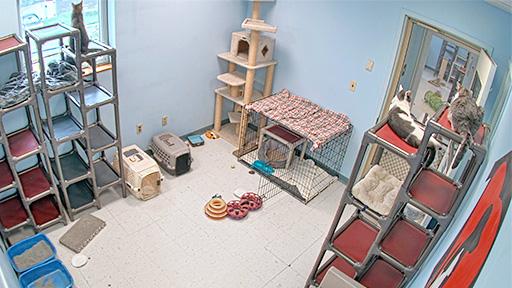
1080P Light Bulb Camera - 360 Degree Security Camera Wireless Outdoor & Indoor - Wifi Home Camera with APP for Phone - Light Socket Monitor with Motion Detection and Alarm/ Two-Way Audio/ Night Vision : Electronics - Amazon.com

Amazon.com : KODAK EKTAR H35 Half Frame Film Camera, 35mm, Reusable, Focus-Free, Lightweight, Easy-to-Use (Sage) (Film & AAA Battery are not Included) : Electronics

Amazon.com : KODAK EKTAR H35 Half Frame Film Camera, 35mm, Reusable, Focus-Free, Lightweight, Easy-to-Use (Sage) (Film & AAA Battery are not Included) : Electronics

















![PS2] Kamera (černá) EYE TOY | Konzoleahry.cz PS2] Kamera (černá) EYE TOY | Konzoleahry.cz](https://cdn.konzoleahry.cz/data/user-content/obrazky/prislusenstvi/PS2%20EYE%20TOY/1200px-EyeToy.png)




